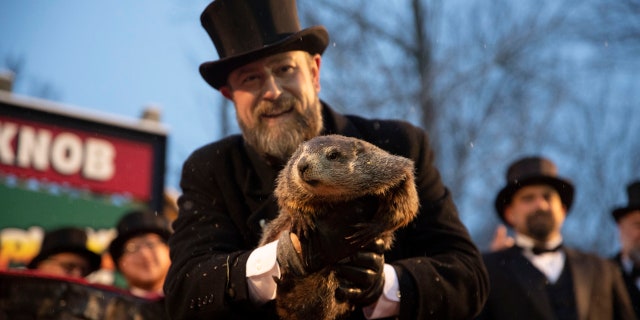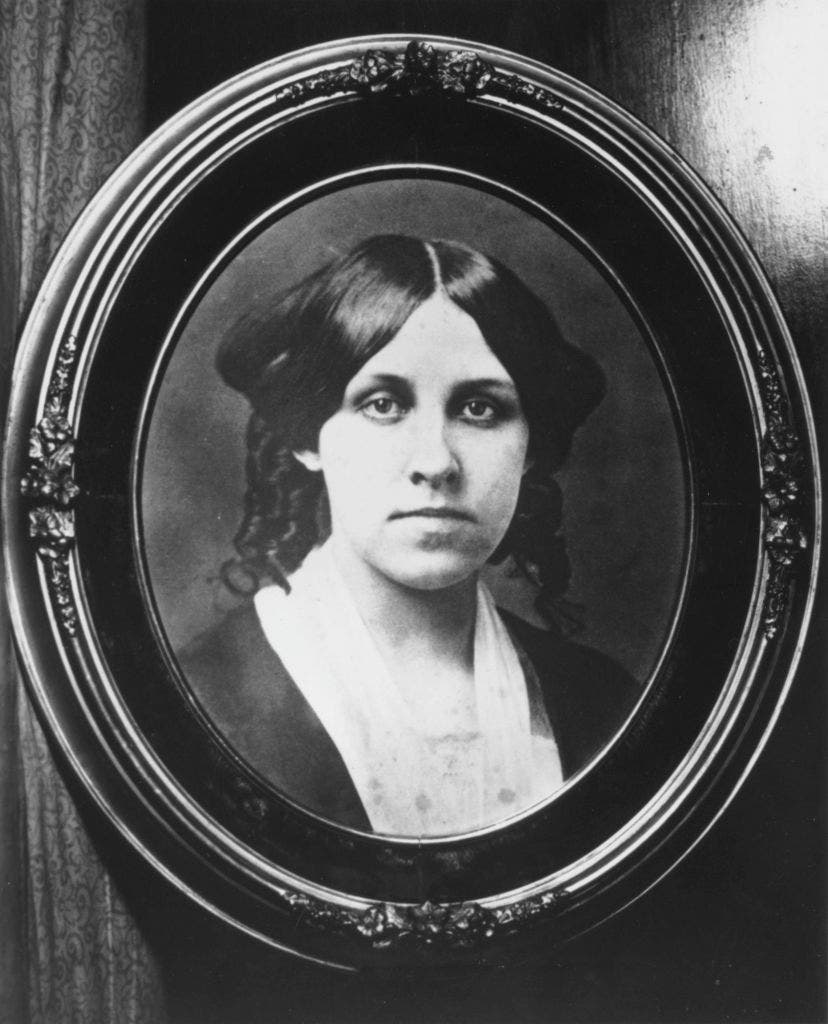Since 1887, Groundhog Day has been a beloved American occasions where seasonal weather predictions are left in the hands of a groundhog.
The superstitious observance began in Punxsutawney, Pennsylvania – where Punxsutawney Phil got his name and start as a rodent meteorologist. Each year on Feb. 2, thousands of family-and-friends” target=”_blank”>spectators<
The annual weather prediction ceremony is hosted by the Groundhog Club Inner Circle, a group of local dignitaries who care for Punxsutawney Phil and help arrange special festivities. Club members work “to protect and perpetuate the legend of the great weather-predicting groundhog Punxsutawney Phil,” according to The Punxsutawney Groundhog Club’s website.
While the quirky day got its start in the late 19th century, historians believe Groundhog Day stems from Candlemas – a Christian holiday that dates back to the fourth century AD. Throughout regions, observers of Candlemas would take candles to local churches for winter blessings.
Surviving records show that the idea of weather-predicting animals was introduced during Candlemas festivities held in Germany. These animals included badgers, hedgehogs, bears and foxes.
HEDGEHOG BALLOONS UP TO MASSIVE SIZE AFTER DEVELOPING RARE CONDITION
Dutch groups who migrated to Pennsylvania adopted the lore of weather-predicting badgers and hedgehogs. It appears that over time, the lore shifted to include groundhogs due to Pennsylvania’s limited badger population and lack of native hedgehogs.

Groundhog Club co-handler Al Dereume holds Punxsutawney Phil, the weather-predicting groundhog, during the 134th celebration of Groundhog Day on Gobbler’s Knob in Punxsutawney, Pennsylvania.
(AP Photo/Barry Reeger)
Groundhogs – also known as woodchucks – are one of the Keystone State’s “most widely distributed mammals,” according to the Penn State Extension College of Agricultural Sciences.
FANS REMEMBER BETTY WHITE AS VIRAL ANIMAL DONATION CHALLENGE PICKS UP STEAM
A preserved diary entry from Morgantown storekeeper James Morris is one of the earliest recordings of groundhog weather predictors. His handwritten note, which is held by the Historical Society of Berks County in Reading, Pennsylvania, dates back to Feb. 4, 1841.
The diary entry says, “Last Tuesday, the 2nd, was Candlemas Day, the day on which, according to the Germans, the Groundhog peeps out of his winter quarters and if he sees his shadow he pops back for another six weeks’ nap, but if the day be cloudy he remains out, as the weather is to be moderate.”
CLICK HERE TO GET THE FOX NEWS APP
Although Groundhog Day is a fun annual pastime in the regions, meteorologists at the National Weather Service State College recommend folks get their weather forecasts from trained professionals.
FOLLOW US ON FACEBOOK FOR MORE FOX LIFESTYLE NEWS
 Iktodaypk Latest international news, sport and comment
Iktodaypk Latest international news, sport and comment




